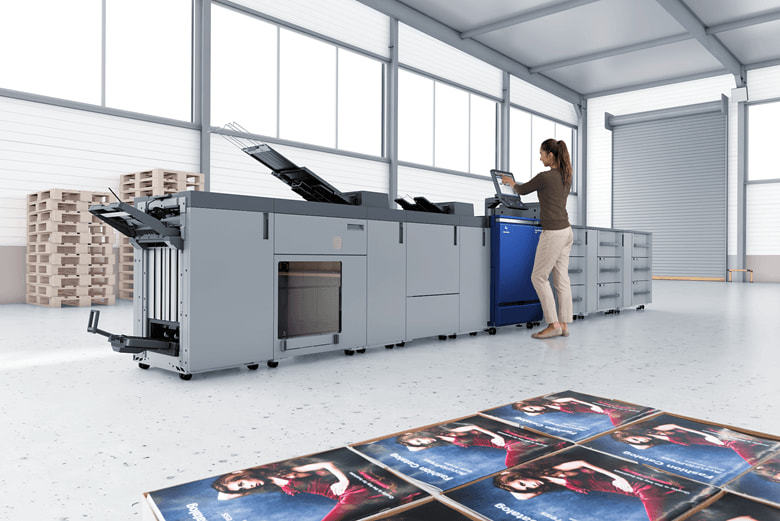What are the characteristics of digital printing
In daily card printing, the more common printing methods are silk screen printing, offset printing and digital printing; offset printing requires plate making and has quantitative requirements, which is suitable for mass printing and low cost; digital printing can print different personalized content. , it can be printed from one sheet and made on demand, and the cost is higher; silk screen printing mainly assists offset printing and digital printing to make personalized customization processes, such as gold and silver base, glitter, signature strips, etc. Today, let's take a look at the characteristics of digital printing!
Digital printing does not require the complex process of traditional offset printing. All you need to do is bring your computer file or send it online. Meet, bid or negotiate tomorrow, and it's not too late to finalize the draft tonight. Digital printing can print different personalized content, such as different invitation names, cards with changing customer information, campus cards, portrait cards, variable barcode printing, etc., which traditional offset printing cannot achieve.

What are the characteristics of digital printing?
1. Digital printing is full digital information transmission, eliminating the need for film and printing plates in the machine version.
2. The information of the digital print is 100% variable.
3. Digital printing is the process of converting digital information directly into printed matter using a digital printing system. The digital manuscript can be a digital file processed by a digital prepress system, or it can be sourced from the Internet or digital media.
4. Digital printing can realize print output anytime, anywhere, remotely, without time and space restrictions.
5.The value of digital printing comes from the service provided to the customer, rather than the inherent cost of the manufacturer. According to the imaging mechanism, digital printing is divided into electrostatic imaging, inkjet imaging, electrocoagulation imaging, thermal transfer imaging, magnetic recording imaging and so on. On the market, digital printing machines with electrostatic imaging and inkjet imaging are the mainstream.

Related
Application of RFID Technology in Garment Industry
The application of RFID technology in the clothing industry, RFID technology is ubiquitous in our lives, and now, many clothing companiesuse RFID technology, such as Decathlon, Uniqlo, Hailan Home, et···
NFC smart watch tag
NFC smart watch is a relatively popular electronic product in recent years. With the rapid development of smart wearable devices such as smart phones and watches, cashless payment has become a daily a···
How RFID Works
Long checkout lines at the grocery store are one of the biggest complaints about the shopping experience. Soon, these lines could disappear when the ubiquitousUniversal Product Code(UPC) bar code is r···
RFID medical cabinet
RFID medical consumables cabinet is one of the products used for drug consumables management. It is applicable to all kinds of operating room intervention rooms. It provides real-time, efficient, and ···
What are the characteristics of digital printing
In daily card printing, the more common printing methods are silk screen printing, offset printing and digital printing; offset printing requires plate making and has quantitative requirements, which ···
Intelligent Warehouse Management System
The warehouse management occupies the core position in the logistics management. The traditional warehousing industry is to collect storage fees for the business model, hope their warehouse is always ···
What is RFID technology?
The most important advantage of RFID systems is non-contact identification, which can read labels through snow, fog, ice, paint, grime, and harsh environments where barcodes cannot be used, and read t···
What is RFID Smart Bookshelf?
With the development of smart libraries, primary and secondary school libraries and public libraries have made reading services smarter through the construction of a series of intelligent facilities a···